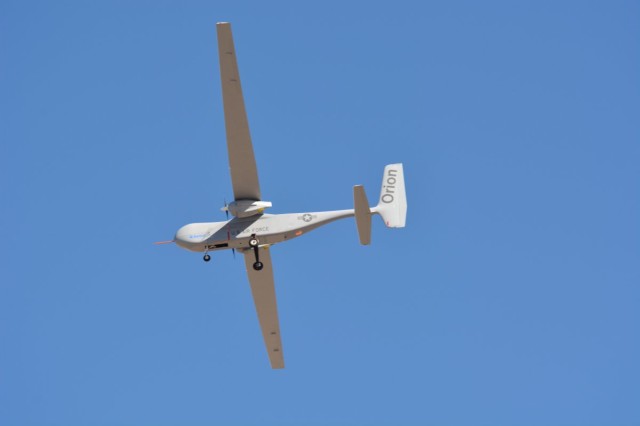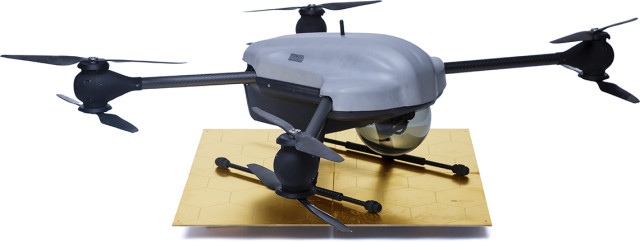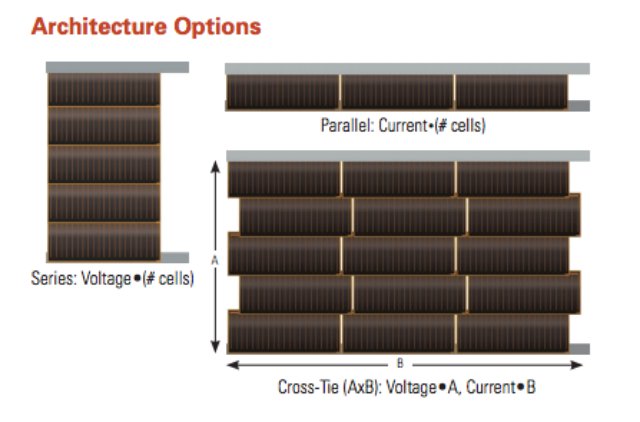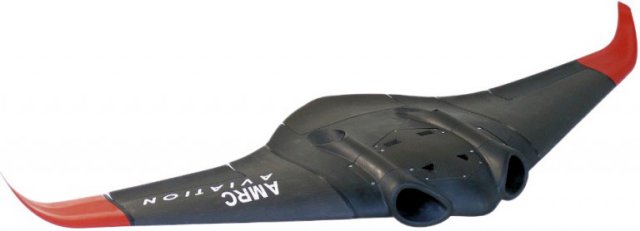French firm Malou Tech has developed the Interceptor MP200 in response to the need to prevent drones from flying over nuclear plants. Continue reading
Category Archives: Aircraft Propulsion & Energy
Aurora Claims Endurance Record for Orion UAS
It began life as a hydrogen-fuelled, high-altitude unmanned aircraft but evolved into a diesel-powered platform designed to fly at medium altitude for five days and promising dramatically reduced operating costs compared with today’s Predator-class UAVs. Continue reading
Skysense Automatic Charging Pad
Skysense has launched a portable charging pad which enables drones to land on it before charging up the exhausted drone’s batteries automatically. Continue reading
NASA Seed Funds SR 72 Hypersonic UAV
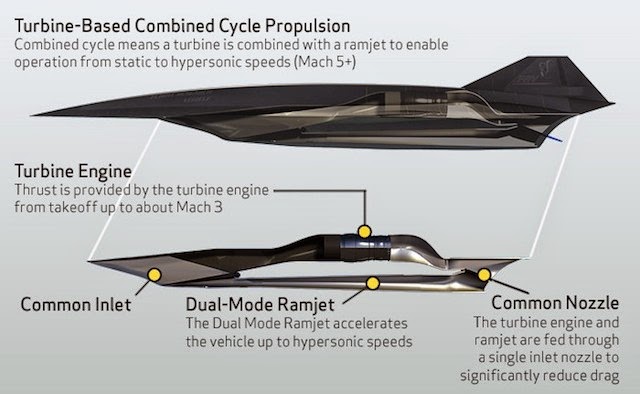
NASA has funded a parametric design study to establish the viability of a Turbine Based Combined Cycle (TBCC) Propulsion system consisting of integrating several combinations of near-term turbine engine solutions and a very low Mach ignition Dual Mode RamJet (DMRJ) in the SR-72 vehicle concept. Continue reading
High Efficiency GaAs Solar Cells Can Quadruple UAS Flight Endurance
Alta Devices has announced cooperation with Airware to enable manufacturers of small unmanned aerial vehicles (UAV) to integrate solar power into their aircraft. Alta Devices, which makes what are claimed to be the world’s thinnest and highest efficiency solar cells using GaAs, holds the world record for solar cell efficiency at 28.8 percent. Continue reading
Formic Acid Reformer-Based Fuel Cells for UAS
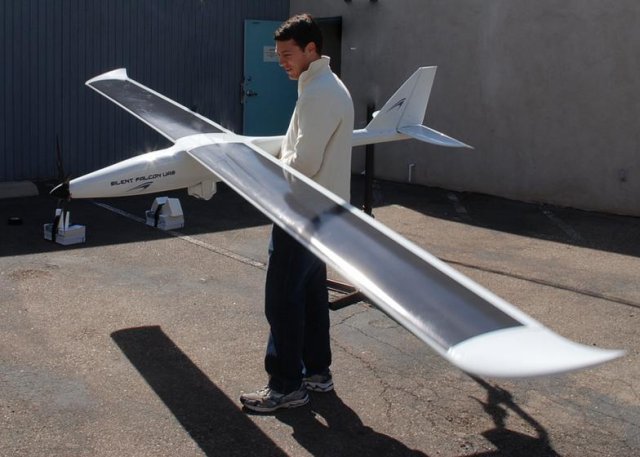 Neah Power Systems, Inc. will be partnering with Silent Falcon UAS Technologies (‘Silent Falcon’) to integrate the formic acid reformer (Formira™) based fuel cell technology into the Silent Falcon UAV. The fuel cell could significantly increase the mission endurance by between two times to three times the current duration, as well as enable heavier payloads. Formic acid is a safe, energy dense fuel, allowing easy handling, distribution, and refueling in remote locations worldwide, unlike compressed hydrogen.
Neah Power Systems, Inc. will be partnering with Silent Falcon UAS Technologies (‘Silent Falcon’) to integrate the formic acid reformer (Formira™) based fuel cell technology into the Silent Falcon UAV. The fuel cell could significantly increase the mission endurance by between two times to three times the current duration, as well as enable heavier payloads. Formic acid is a safe, energy dense fuel, allowing easy handling, distribution, and refueling in remote locations worldwide, unlike compressed hydrogen.
3D-Printed UAV with Ducted Fan Motors
A Boeing-assisted team at the University of Sheffield’s Advanced Manufacturing Research Center has developed a blended-wing UAV featuring integrated electric ducted fan motors built with modular components made largely via Fused Deposition Modeling (FDM). This is the type of 3D printing in which successive layers of molten plastic are extruded one on top of another, to build up complete objects. Continue reading
Orbital Delivers First ScanEagle Engine to Insitu
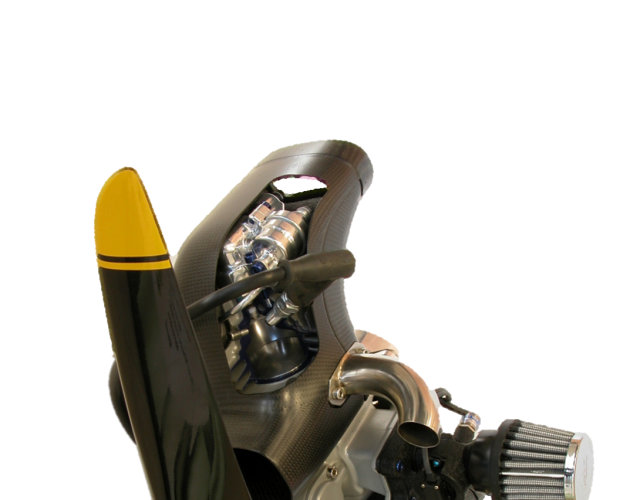 Orbital Corporation Limited (Orbital) has delivered the first purpose-built ScanEagle Unmanned Aerial Vehicle (UAV) propulsion system to Insitu Inc, a subsidiary of The Boeing Company, for in-house testing and development. Designed specifically for Small Unmanned Aircraft Systems (SUAS) class UAVs, it is the first reciprocating internal combustion propulsion system to be engineered from the ground up for unmanned aerospace application. Continue reading
Orbital Corporation Limited (Orbital) has delivered the first purpose-built ScanEagle Unmanned Aerial Vehicle (UAV) propulsion system to Insitu Inc, a subsidiary of The Boeing Company, for in-house testing and development. Designed specifically for Small Unmanned Aircraft Systems (SUAS) class UAVs, it is the first reciprocating internal combustion propulsion system to be engineered from the ground up for unmanned aerospace application. Continue reading

